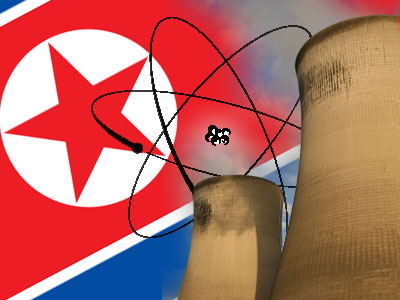The Atlantic Council of the United States published a report entitled A Framework for Peace and Security in Korea and Northeast Asia in April 2007. The report was the culmination of deliberations of a working group of distinguished American scholars and practitioners with a wide range of experience on Korea and Northeast Asia and chaired by Ambassador James Goodby and General Jack Merritt. It laid out a program for resolving the North Korean nuclear issue as part of a comprehensive settlement of a range of fundamental security, political and economic issues on the Korean peninsula.
The working group first met in June 2006, shortly before the North Koreans test fired a series of missiles and about three months prior to the time Pyongyang exploded its first, and so far only, nuclear weapon on October 9. At the time the project began, the Six-Party talks were suspended and prospects for a peaceful solution to the North Korean nuclear issue looked dim.
Yet by February 2007 the talks had resumed and the parties had issued a joint agreement on February 13 that set in motion a process for dismantling Pyongyang’s nuclear weapons program while dealing with other associated problems on the Korean peninsula. That process continued throughout 2007 with the fits and starts characteristic of negotiations on these difficult issues.
On December 6-7, the Atlantic Council, in collaboration with the East Asia Foundation and the Kim Dae-Jung Presidential Library and Museum of Yonsei University, convened a conference in Seoul with a panel of South Korean academics, journalists, and diplomats and several members of the original Atlantic Council working group. The conference examined the April report, identified points of agreement between the Koreans and Americans regarding the key security issues on the peninsula, and took stock of the progress made on the ground in the Six-Party process. It took place at a key moment just two weeks before the South Korean Presidential election and three weeks before the end-of-year deadline for completion of the second phase of the Six-Party process. Also of relevance to the conference was the historic Pyongyang summit between South Korean President Roh Moo-hyun and North Korean leader Kim Jong-Il on October 2-4.
This report first outlines progress in the Six-Party process since the publication of the Council’s April 2007 report. It then recalls the major recommendations of that report and reflects the Seoul conference discussions, including both the areas of agreement and disagreement between Korean and American participants about both the Council’s report and the discussion of progress in the Six-Party talks in meeting those recommendations.
Image: north-korea-nuclear-weapons.jpg
